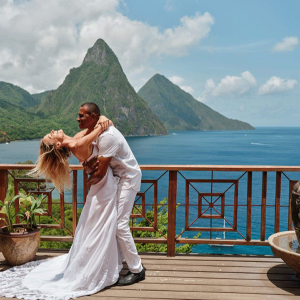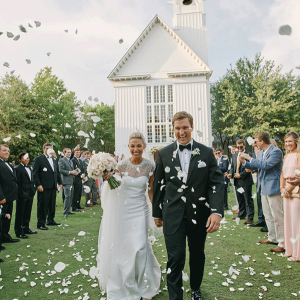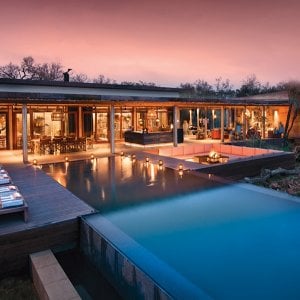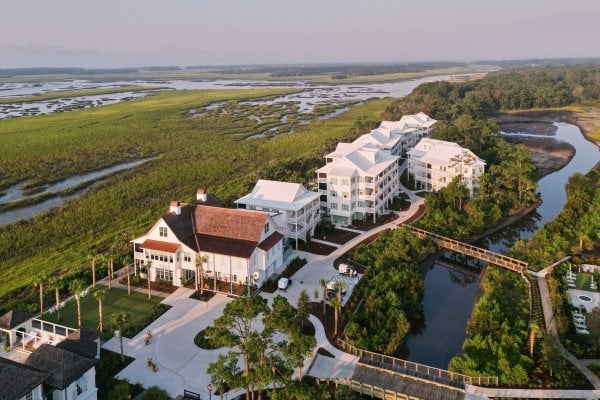From Croatia to Vietnam, we've got the best new honeymoon offerings around the world. Bonus: They're also wallet-friendly.
By: Sandra Ramani
If You Like Paris, Try: New Orleans
If you love the style, flavors and bon temps vibe of the French capital, see how its ancestors influenced the New World. A French explorer in the late 1600s claimed large chunks of land along the Mississippi River and named parts of it “Louisiane,” in honor of his king, Louis XIV. A few decades later, a site for a new settlement was chosen on the mighty river, and was given a name in appreciation of the Duc d’Orleans.

Photo Credit: Jen Amato
What to Do:
Evidence of France — and the ensuing establishment of French-Canadian (Acadian) and French-Spanish (Creole) cultures—holds strong. Wander the streets of the French Quarter with its central square, street names honoring historic reigns and noted religious structures like the church of St. Louis and the Ursuline convent. Today, the architecture of the French Quarter is a mix of several styles, since much of the original neighborhood was burned down in the fires of 1788 and 1794. The iconic wrought-iron latticework balconies, for example, take their cues from Spain. To see the nabe’s signature fusion style, head to the Gallier House, once the home of 19th-century father-and-son Gallier architects. Nearby is the Degas House, once the home of the Parisian-born artist’s maternal relatives. Degas spent a significant amount of time here crafting 22 family portraits. Now a museum, it’s the only known home or studio of Degas that is open to the public.
While New Orleans cuisine has become a category of its own, many places still highlight the French connection. Opened in 1840 by Frenchman Antoine Alciatore, and one of the country’s oldest family-run restaurants, Antoine’s serves classics like escargots a la bordelaise (snails in wine sauce), eggs Sardou (a Benedict-like dish named for a French dramatist) and pommes de terre soufflés (puffed potatoes). Arnaud’s was opened in 1918 by a French wine salesman, and boasts a lively history of jazz, Prohibition-era bars and even a ghost story or two. Menu signatures include alligator sausage, oysters Bienville (baked stuffed oysters) and frog legs Provençal. Finally, nurse your late-nights with the café au lait and sugary beignets at beloved Café du Monde.

Photo coutesy of The Pavillion Hotel
Where to Stay:
Le Pavillon was built in 1907 and retains the feeling of an ornate Old World hotel with fine art and antiques, Czech-crystal chandeliers, Italian statues and Siena marble railings rescued from the lobby of Paris’s Grand Hotel (room rates start at $175 a night; lepavillon.com). Formed by joining five historic townhouses, the boutique Maison Dupuy has a lush courtyard, gas lamp-lit-paths, wrought-iron balconies and plush bedding (room rates start at $140 a night; maisondupuy.com)
Pages
- « first
- ‹ previous
- 1
- 2
- 3
- 4







